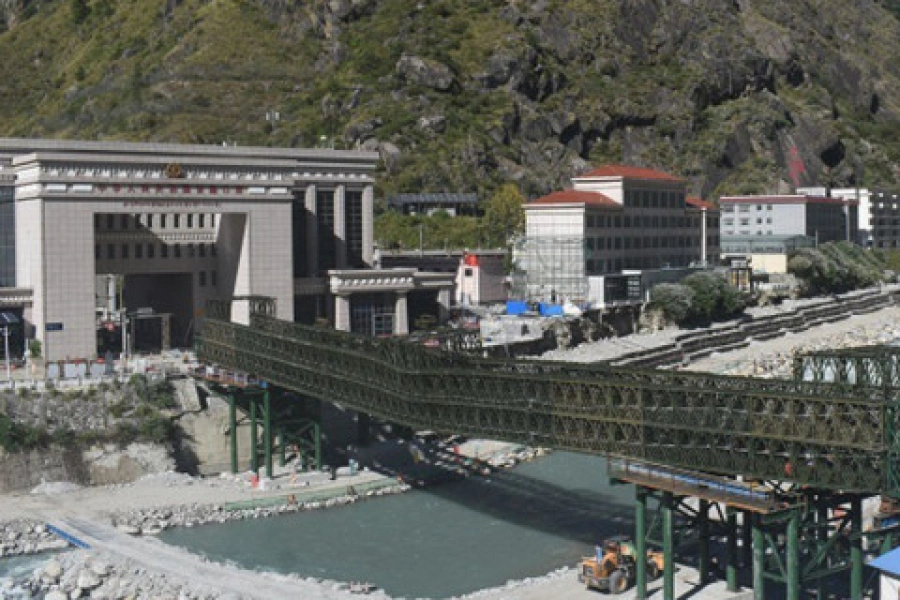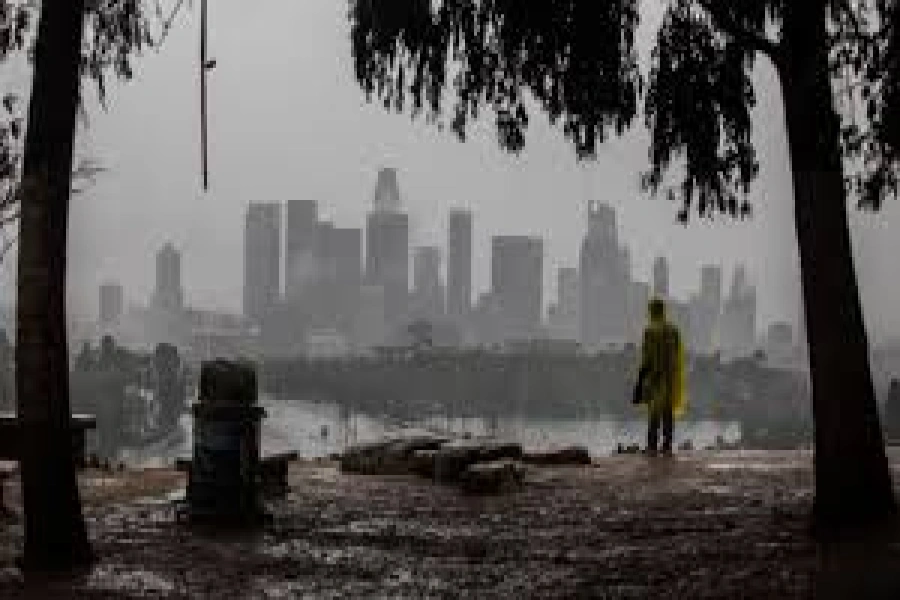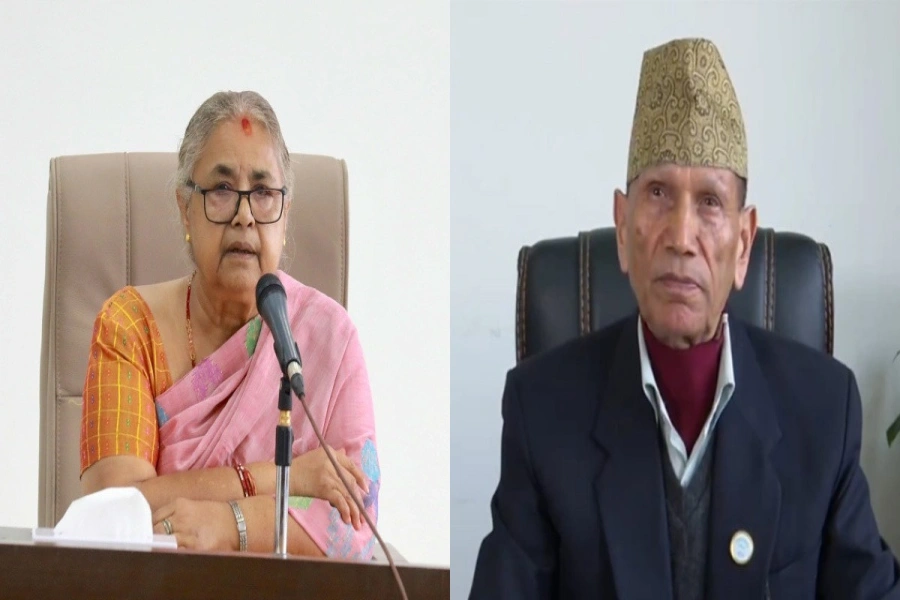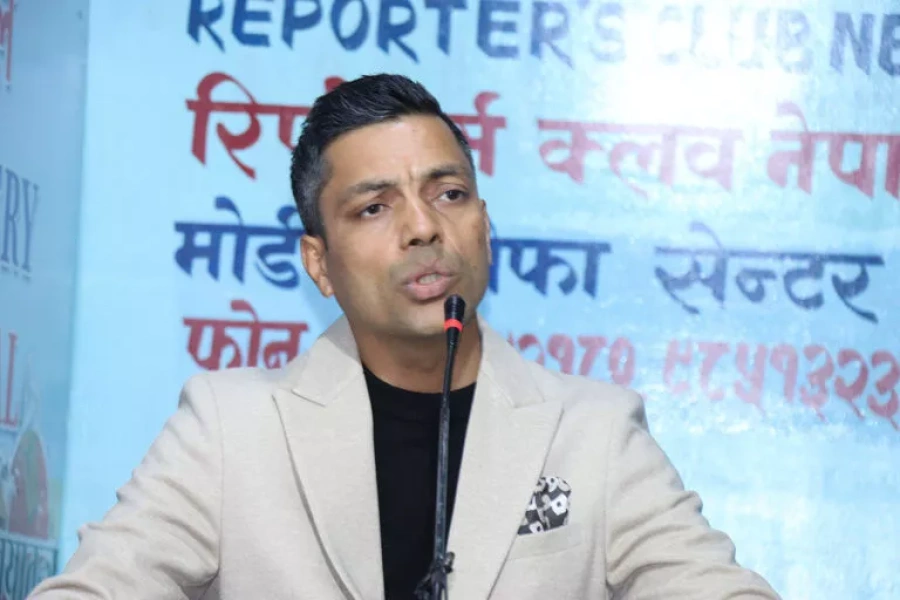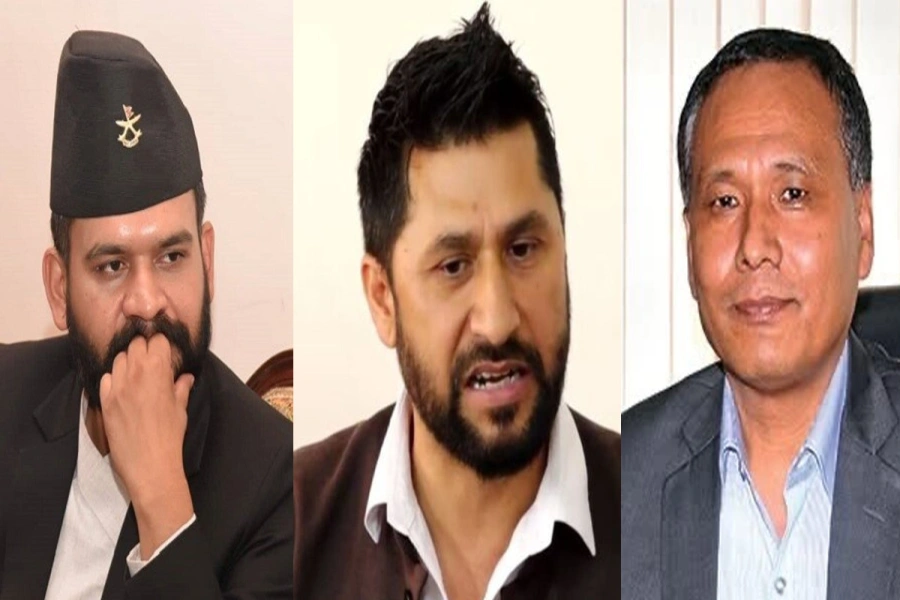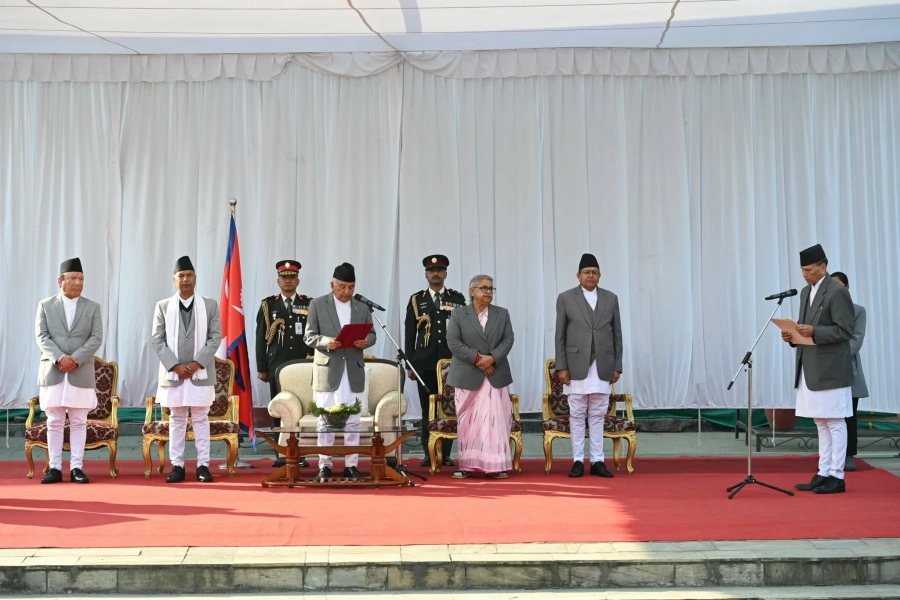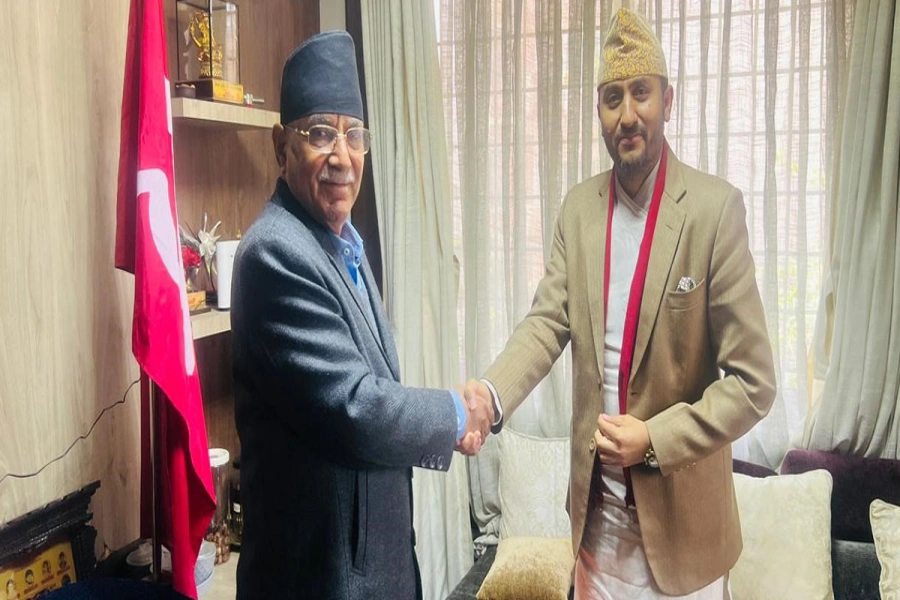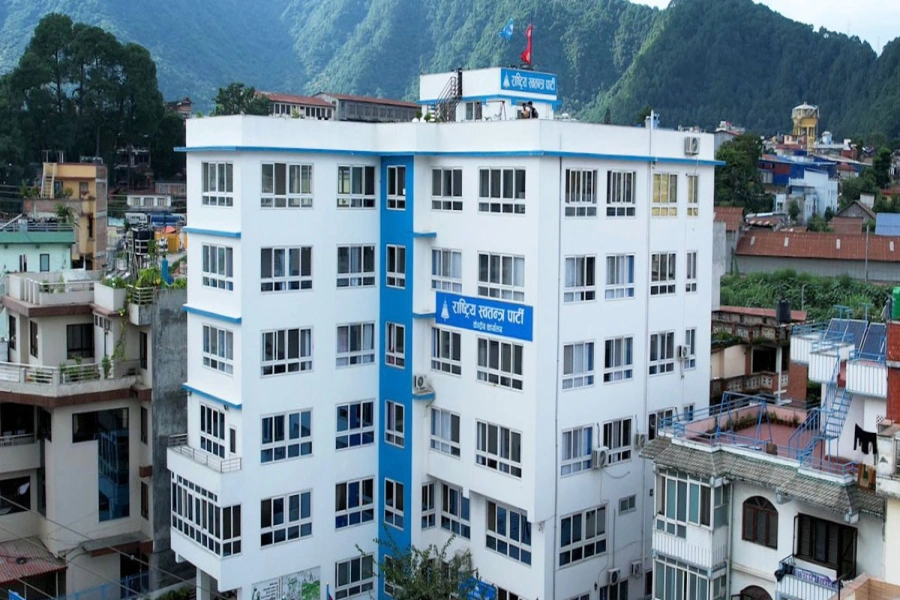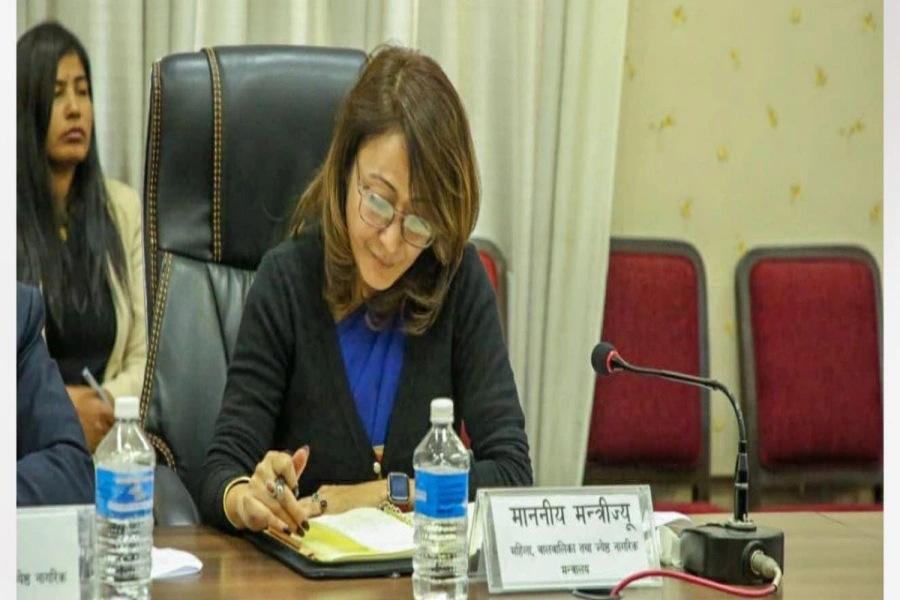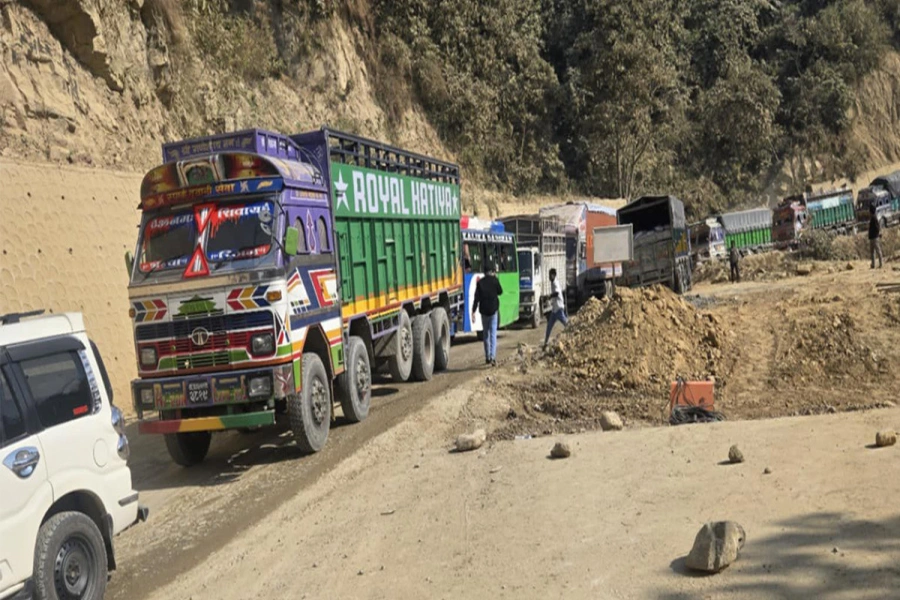The number of strikes and padlocking witnessed in educational institutions around the country in last one year is a good measure of the gap between words and deeds of our political leaders. According to a study conducted by the Secretariat of Nepal National Commission for UNESCO, educational institutions across the country had to grapple with 86 incidents of strikes and padlocking in 2068 BS (April 14, 2011-April 12, 2012). Unsurprisingly, among the hardest hit were public and community schools, which were forcibly closed 38 times, twice as often as compared to private schools. Unsurprising because public educational institutions in Nepal have traditionally been used by political parties to serve their vested interests. This is certainly true in case of government run colleges and universities, but increasingly also in case of public schools.
Time and again, the major political parties—UCPN (Maoist), Nepali Congress and CPN-UML—have expressed their commitment to declare educational establishments a ‘Zone of Peace’. The parties were forced to accede to this pledge on the back of mounting public pressure against recurrent closure of educational institutions. But given that most disruptions in last one year were caused by political parties and their sister student and teacher wings, their pledge on Zone of Peace, true to form, rings hollow. Declaring education institutions a Zone of Peace was brilliant idea; at no time should students, those who will shape the country’s future, be made to suffer, not the least by political parties that don’t tire of flaunting their democratic credentials.
Again, this is not to suggest that educational establishments can be left completely untouched by politics at a time the country is going through a wrenching transition. But what the political parties could certainly do is help minimize such disruptions. They can urge their sister wings to resort to more peaceful means of protest, failing which they can always take the legal course if they have been genuinely wronged. Sadly, the norm in Nepal is to educate party cadres more on violent ways rather than on common civic sense. We need only look at youth wings like Youth Force and Young Communist League, which were created (no matter what the leaders say) with the goal of browbeating political opponents and engaging in disruptive activities when it suits mother parties the best.
The fact that educational establishments are routinely shut down over petty personal differences among teachers and the right to be allowed to cheat in exams indicates the growing penchant for disruptive activities among all sections of Nepali society. Everybody—doctors, civil servants, businessmen, educators—seems to be engaged in some form of disruptive protest these days. Yes, when all other peaceful options have failed, some of them might even be justifiable. Nonetheless, thorough politicization of vital state organs like educational and healthcare institutions cannot be good news for a big swath of Nepalis who are still caught up in the poverty trap. The rich might be able to afford expensive private boarding schools and luxurious hospitals, the poor can only look to public service providers to meet their needs. Our political parties that claim to be working for the benefit of the poor and the downtrodden seem to have missed the plot entirely.
Liar Liar! Dahal tells a blatant lie yet again



